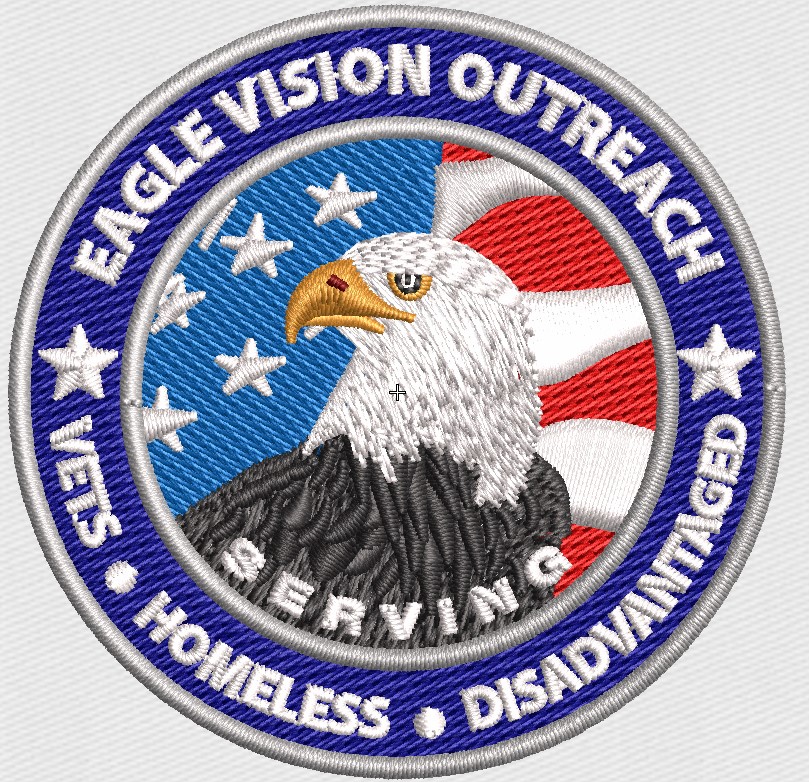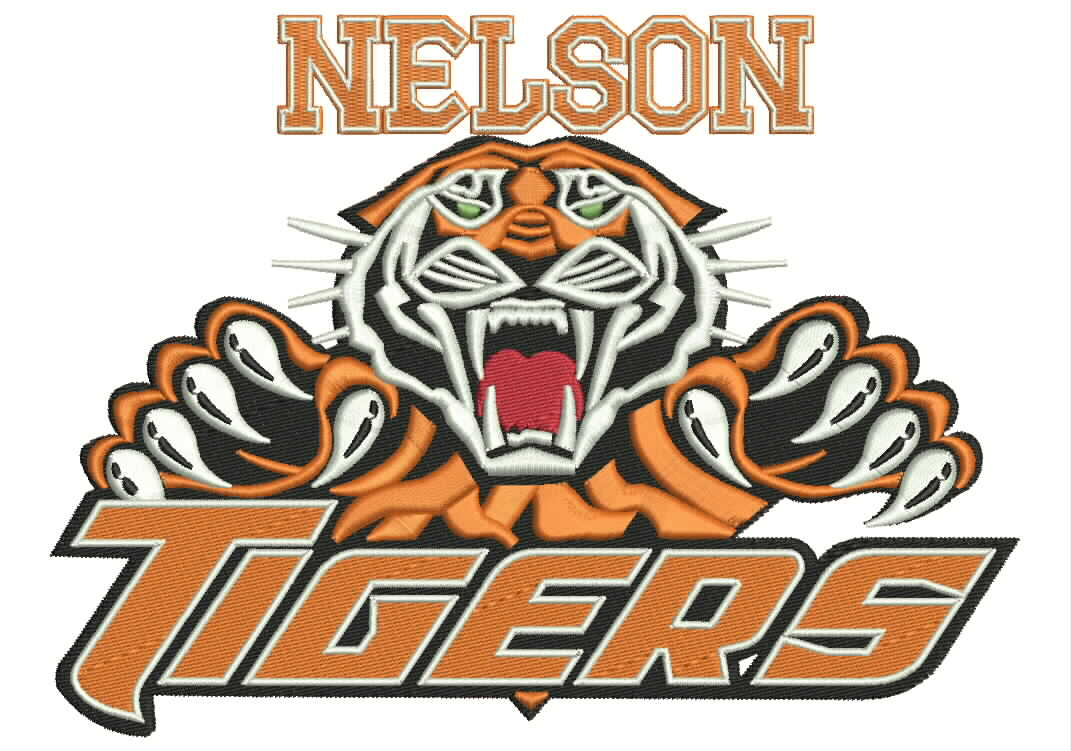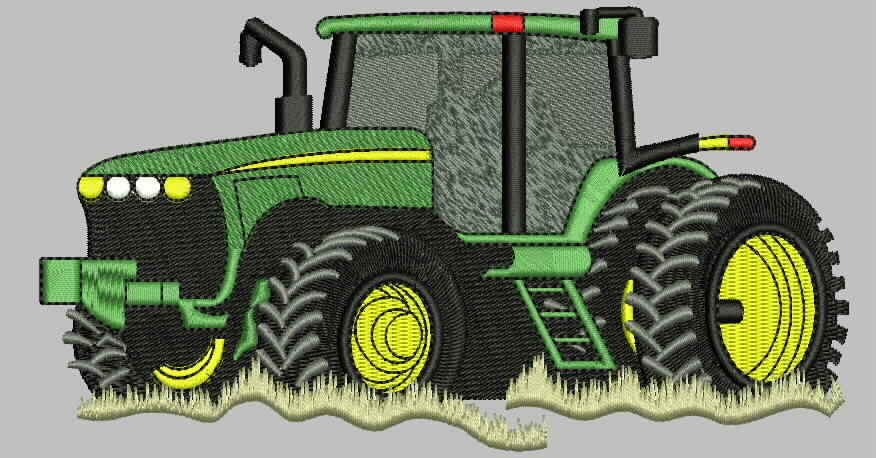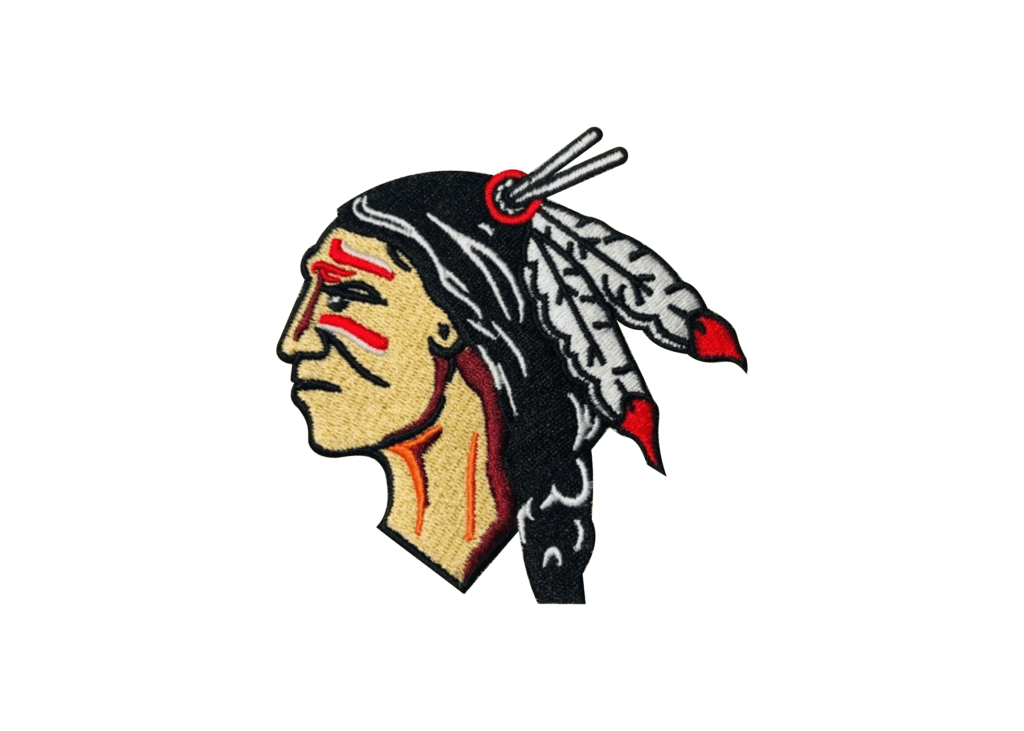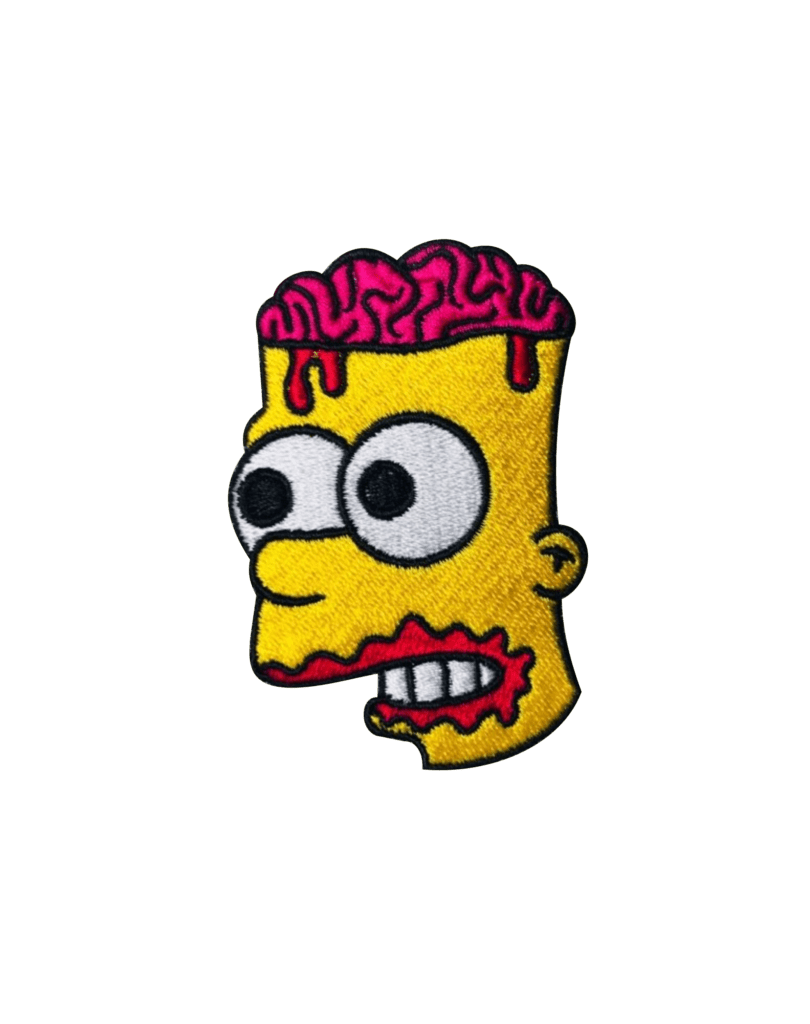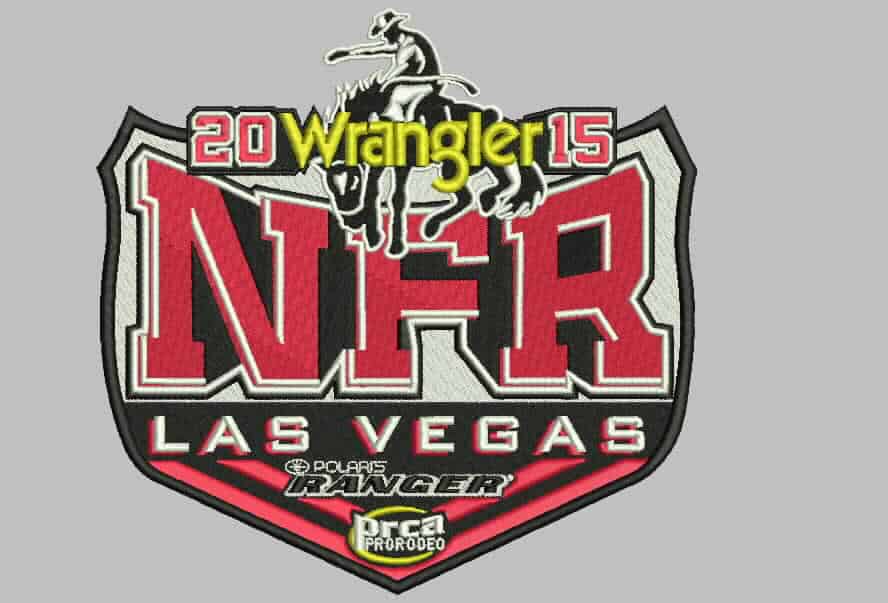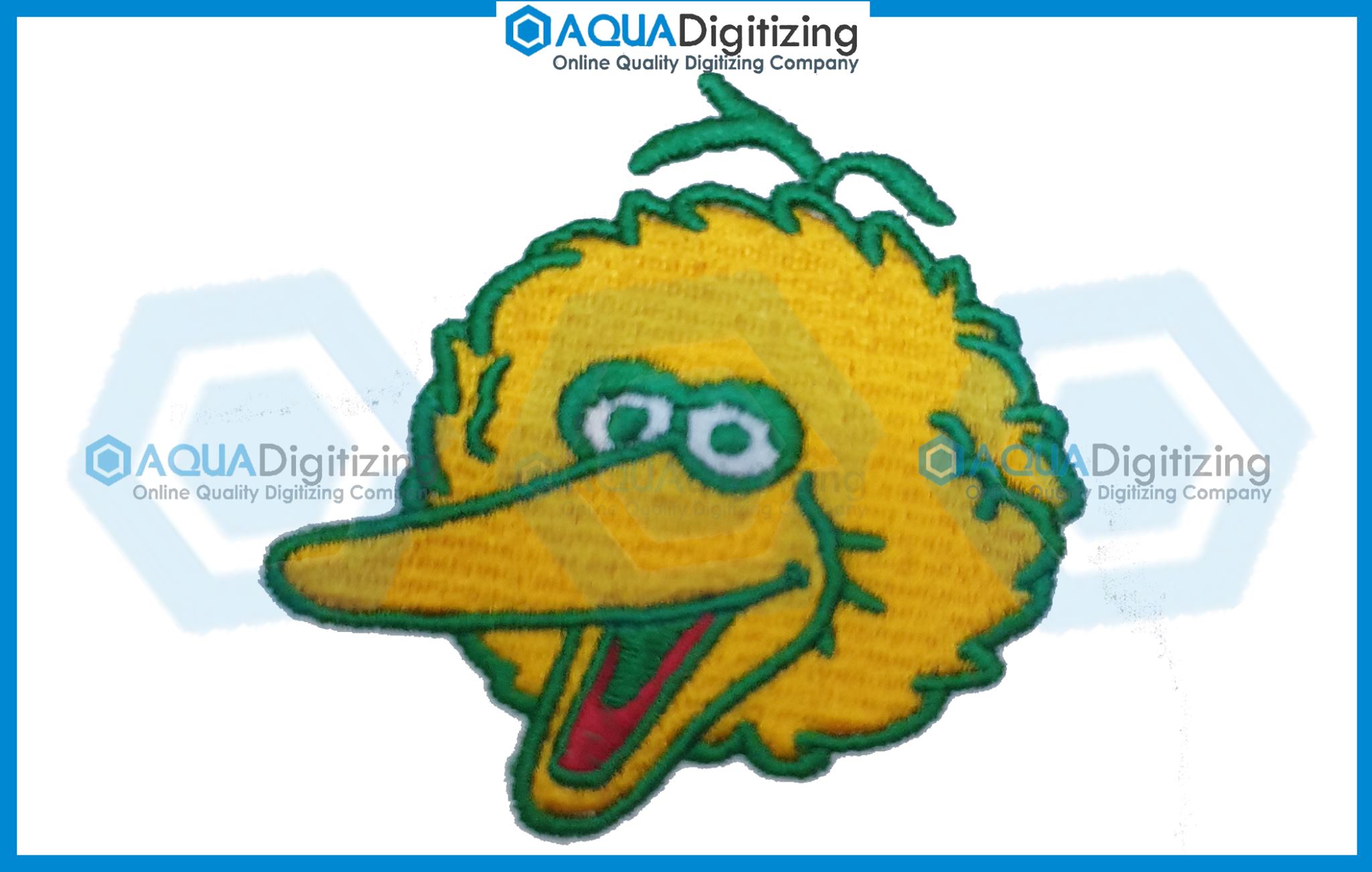
The hardest and the most innovative task of digitizing is how to make a cat’s design realistic enough that could give a feel, emotions, and illusions of a real cat. The designs and embroidery should be realistic enough that it makes you feel like it’s a good animal painting. This task requires enormous practice, carefulness, and lots of knowledge to make the design look evident.
The hardest part of doing it is to have a nice and cute fuzzy fur design them into a fraction of layers. Some of the secret tips and tricks of our digitizing selling skill are shared below which will eventually lead you to the details, facts about the art of digitizing fur, muscles, face, and hair of your cat from a picture to the machine embroidery.
1. HOW TO START DIGITIZING A CAT’S IMAGE FOR MACHINE EMBROIDERY
This part is based on the quality of a picture. The picture could be a drawing too. Now, the most important part is to use a real picture of a cat that must be high in quality, clarity and its resolution must be strong enough that could give the finest details of the pose of your dog that you want to get embroiled. The more clear picture you use, the better quality your digitizer will give as this will help him to work in all the difficult areas. This will create the right base for digitizing your cat.
The industry follows and practices the picture of the cat after starting to digitize but the problem stands here is that it will affect a customer’s judgment on the details and could also change the result completely. Our sincere advice is to observe the picture first carefully and mark all the points and difficult parts first. The best way of doing it is to follow the old techniques of visualizing the image of a particular cat breed you have in your mind and hold the actual picture of that cat in your hand when you start digitizing the embroidery. This part will help in minimizing the chance of any simple or tiny mistakes which most of the digitizers don’t see.
You must hold 2 kinds of design sizes while digitizing any picture.
A small and big.
The smaller designs are the hardest and the trickest ones as they contain extremely tiny details of the picture which is difficult to follow. They don’t hold much space. During their observation and application, you must look at the vital features, identify them, and then use it to make your pet look more real.
Whereas the bigger size design contains different issues as the structure should be balanced or it will make the design look completely bland.
2. DIRECTION OF HAIR AND THE MUSCLE STRUCTURE.
This part tells how the direction of the hair and muscles should be followed as they play a major role in bringing life into your art so you must make sure to study every part in detail.
Here we will study how we can digitize the direction of hair and muscles perfectly. First, you need to create an outline that must be bright in color. This will help you to keep the hair direction in the right place. The bright colors will help in not letting the inner shades mixed up.
3. HOW TO USE COLOURS AND SHADES
Your digitizing will only look natural and real if you use more bright color but they must be diverse. The only expert knows how to use these techniques so; if you’re not an expert then you should stick to the two basic shades to get your desired look i.e.: A lighter and a darker shade.
4. HOW TO VISUALIZE THE PHOTO OF A DOG FOR A PERFECT OUTPUT
Keep this in mind that the foreground should be the priority of your cat’s embroidery as it gives the design a more prominent look. The background should be horizontal whereas the foreground should be vertical.
5. CHOICE OF STITCHES
Choosing the right type of stitches is one of the important parts for digitizing any design. The stitch must have an accurate parameter which is necessary for making the design more prominent and realistic.
 315-215-0681
315-215-0681
